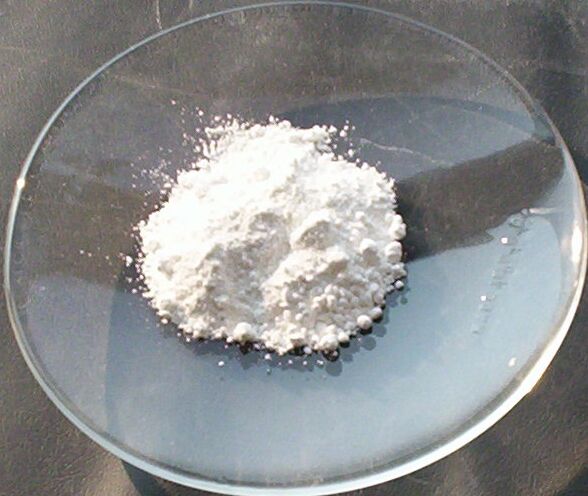Знаете ли вы?
Кликните два раза на слово, чтобы найти его в TermGallery.
Кликните два раза на слово, чтобы найти его в TermGallery.
Значения термина zno на английском

Chemical compound.
Похожие термины
Использование термина zno на английском
1
A facile thermal-treatment route was successfully used to synthesize ZnO nanosheets.
2
Our findings presented here clearly stimulate the need for careful regulations of ZnO NPs.
3
Therefore, brain-delivery of ZnO-NP can be regarded as a potential therapy for neurodegenerative diseases.
4
The approach can also be applied to other technologically important materials such as ZnO.
5
Meanwhile, doping is an effective way to improve the sensing performance of ZnO materials.
6
ZnO-NPs further activated apoptotic cell death via the caspase cascades.
7
With uniforms that incorporate ZnO nanowires, soldiers might recharge batteries or power small electronic devices.
8
Theoretical analysis on the strategies for enhancing the sensing properties of ZnO is also provided.
9
This review puts forward the reasonable insight for designing efficient n-type ZnO-based semiconductor oxide sensing materials.
10
Time-kill assays were carried out to examine the dynamics of the antimicrobial activity with ZnO nanoparticles.
11
Flow cytometric analysis of cell cycle progression revealed that sub-G1 phase accumulation was dramatically induced by ZnO-NPs.
12
The effect of coffee-ring formation was eliminated by introducing the porous ZnO nanorods for the bio-liquid sample.
13
We report morphology-controlled selective growth of ZnO nanostructures on glass substrates by using catalyst-free metal-organic chemical vapor deposition.
14
The parent film emission was found to shift from UV to blue region on doping ZnO with Vanadium.
15
The ZnO surface charge, size, and morphological structure were highly reliant on the concentrations of DDAB and ZN.
16
The results indicated that ZnO nanoparticles markedly inhibit HTFs viability and decrease the Δψm in a concentration-dependentpattern.
Об этом термине
Частые словосочетания
Больше словосочетаний
Translations for zno
португальский
каталонский
Zno через время

